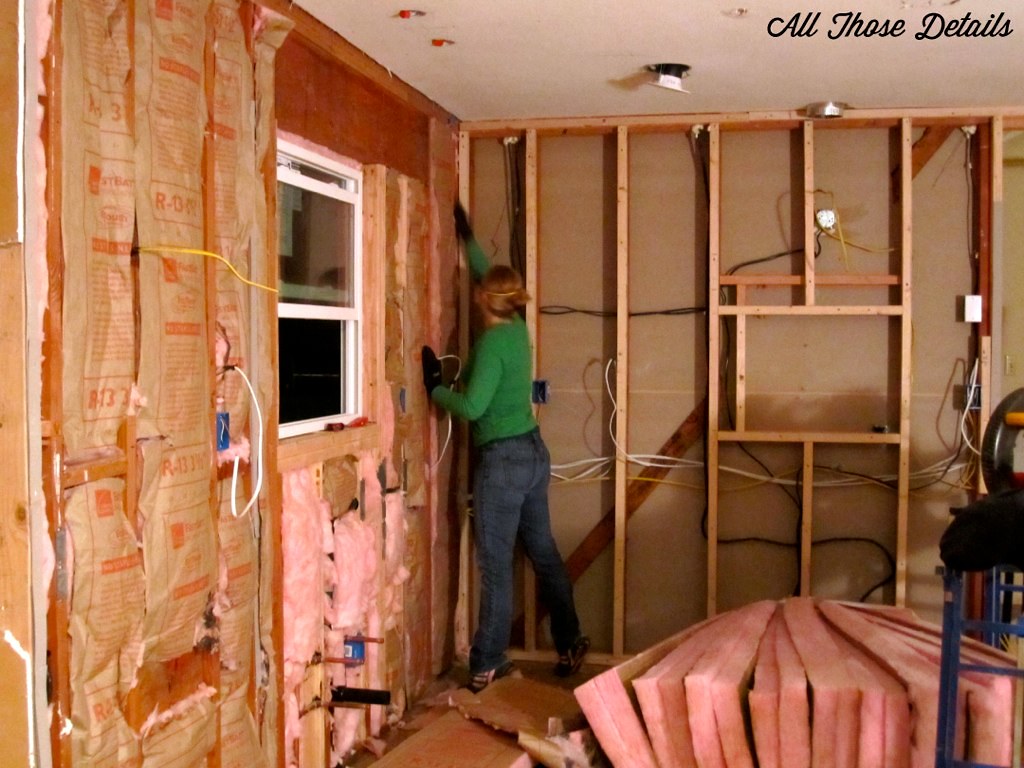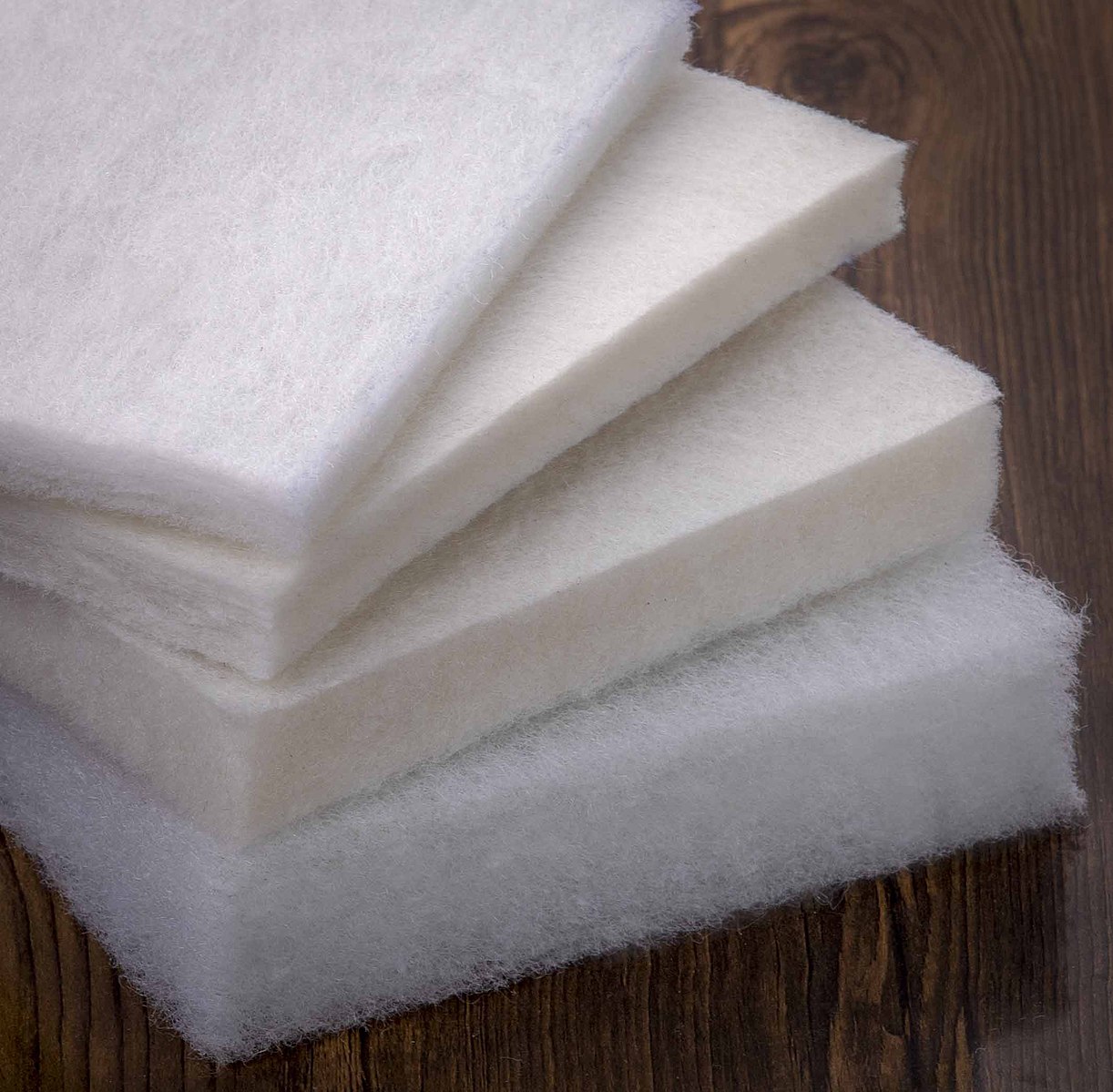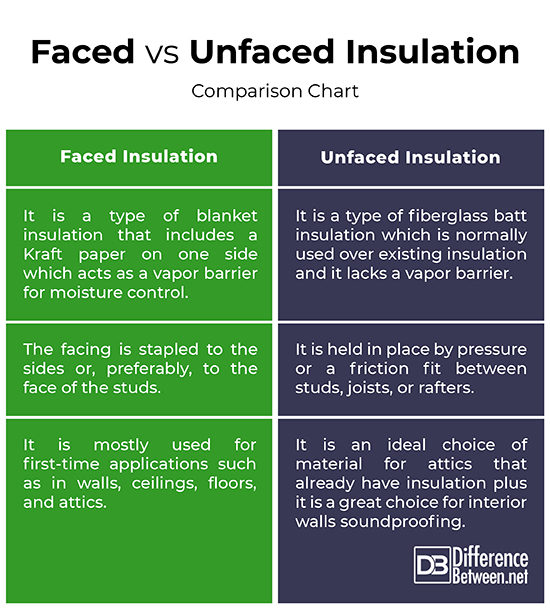Difference Between Faced Insulation and Unfaced Insulation
Insulation is essential for maintaining an energy-efficient, comfortable, and healthy home. If done right, insulation will not only improve the energy rating of your home but also create a green home. Unless the weather is always perfect all year round, your house needs some amount of heating and cooling for portions of the year. Well, insulation acts like a blanket for walls, ceilings, and floors which keep the heat inside in the winter and keep it cool during the summer. Just like a blanket, the thicker the insulation, the better it works. So, it’s essential to keep it right and selecting the appropriate insulation is the key to creating a healthy and green home. That being said, insulation usually comes faced or unfaced. So, by getting it right means to know when to use faced or unfaced insulation in walls. Let’s take a look at some key differences between faced and unfaced insulation.

What is Faced Insulation?
Faced insulation is a type of blanket insulation used mostly in first-time applications such as in walls, floors, ceilings, attics, and crawl spaces. This is one of the most commonly used products for home insulation that is primarily used to keep the drywall dry. This is thermal or sound insulation material that is typically made of fiberglass. It comes in varying widths and thickness to conform to standard framing of walls and joists. It usually comes in a roll in batt form where the insulation is adhered on one side to a Kraft paper or plastic for installation purposes. The Kraft paper acts as a vapor barrier or vapor retarder which helps protect your living space from moisture or humidity. The facing holds the insulation together and it should be placed towards the living face.

What is a Unfaced Insulation?
Unfaced insulation is a type of fiberglass batt insulation which is normally used over existing insulation. Unlike faced insulation, unfaced insulation lacks a vapor barrier or retarder meaning it does not provide moisture control but it’s more economical than its faced counterpart. While faced insulation is stapled to the wall studs, unfaced insulation fit in wall cavities by friction. It is held in place by pressure or a friction fit between studs, joists, or rafters. Insulation near the chimney and fireplace should be unfaced and non-combustible. Unfaced insulation should be used when you’re adding insulation to your attic that already has insulation, so that you don’t have to worry about the moisture trap. Unfaced batts are laid perpendicularly atop existing batts to improve heat retention.
Difference between Faced and Unfaced Insulation
Type
– Insulation is a primary defense against heat loss through the house envelope which usually comes faced or unfaced. Faced insulation is a type of blanket insulation that usually comes in a roll in batt form where the insulation is adhered on one side to a Kraft paper or plastic for installation purposes. Unfaced insulation, on the other hand, is a type of fiberglass batt insulation which is normally used over existing insulation. While faced insulation is stapled to the wall studs, unfaced insulation fit in wall cavities by friction.
Installation
– Facing is a layer attached to batt insulation which acts as a vapor barrier or vapor retarder and it should be placed toward the living space. Batts faced with Kraft paper, foil or plastic are installed by stapling facing flanges to framing edges. It comes in varying widths and thickness to conform to standard framing of walls and joists. Kraft facing should not be left exposed. Unfaced batts, on the other hand, are friction fitted into the cavities meaning it is held in place by pressure or a friction fit between studs, joists, or rafters.
Use
– Precut fiberglass batts are the most commonly used choice of material for insulation. Batt insulation acts as an effective thermal barrier which fills cavities completely. Faced insulation is often used in frame construction to provide moisture control. Faced insulation is mostly used for first-time applications such as in walls, ceilings, floors, and attics. Unfaced insulation should be used when you’re adding insulation to your attic that already has insulation. Unfaced batts are laid perpendicularly atop existing batts to improve heat retention and beef up the R-value on the longer run.
Faced vs. Unfaced Insulation: Comparison Chart

Summary of Faced vs. Unfaced Insulation
In a nutshell, insulation in walls, ceilings, floors and attics is like a moisture barrier that keeps the heat inside during winter days and keeps it cool in summer. Insulation comes either faced or unfaced, which is when the paper is attached to one side. Faced insulation is a type of fiberglass batt insulation wherein the facing is either stapled to the sides, or to the face of the studs. Unfaced batts, on the other hand, fit in wall cavities by friction. While faced insulation is ideally for first-time applications such as in walls, ceilings and floors, unfaced insulation is a preferred choice of material for attics insulation that already had insulation, plus it also makes for a great soundproofing agent for interior walls.
- Difference Between Caucus and Primary - June 18, 2024
- Difference Between PPO and POS - May 30, 2024
- Difference Between RFID and NFC - May 28, 2024
Search DifferenceBetween.net :
Leave a Response
References :
[0]Reemsnyder, Bob. The Inspector's Guide Prepare Your House for Sale. Guilford, Connecticut: The Lyons Press, 2005. Print
[1]Levy, Emanuel. Manufactured Homes: Saving Money by Saving Energy. Darby, Pennsylvania: DIANE Publishing, 2011. Print
[2]Kruger, Abe and Carl Seville. Green Building: Principles and Practices in Residential Construction. Boston, Massachusetts: Cengage, 2012. Print
[3]Odom, J. David and George DuBose. Commissioning Buildings in Hot, Humid Climates: Design and Construction Guidelines. Lilburn, Georgia: The Fairmont Press, 2000. Print
[4]Litchfield, Michael W. Renovation. Newton, Connecticut: Taunton Press, 2005. Print
[5]Image credit: https://commons.wikimedia.org/wiki/File:Insulation_izohome.jpg
[6]Image credit: https://live.staticflickr.com/8545/8652514005_68790b68f1_b.jpg
